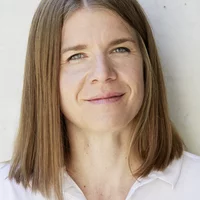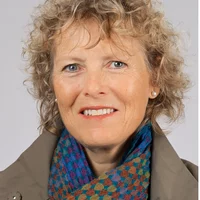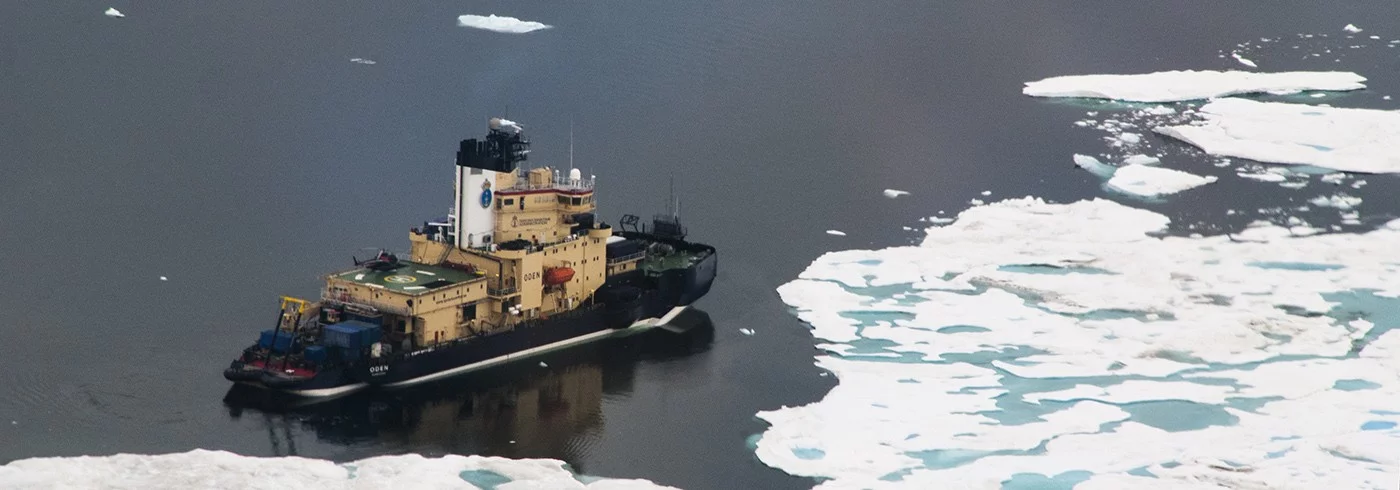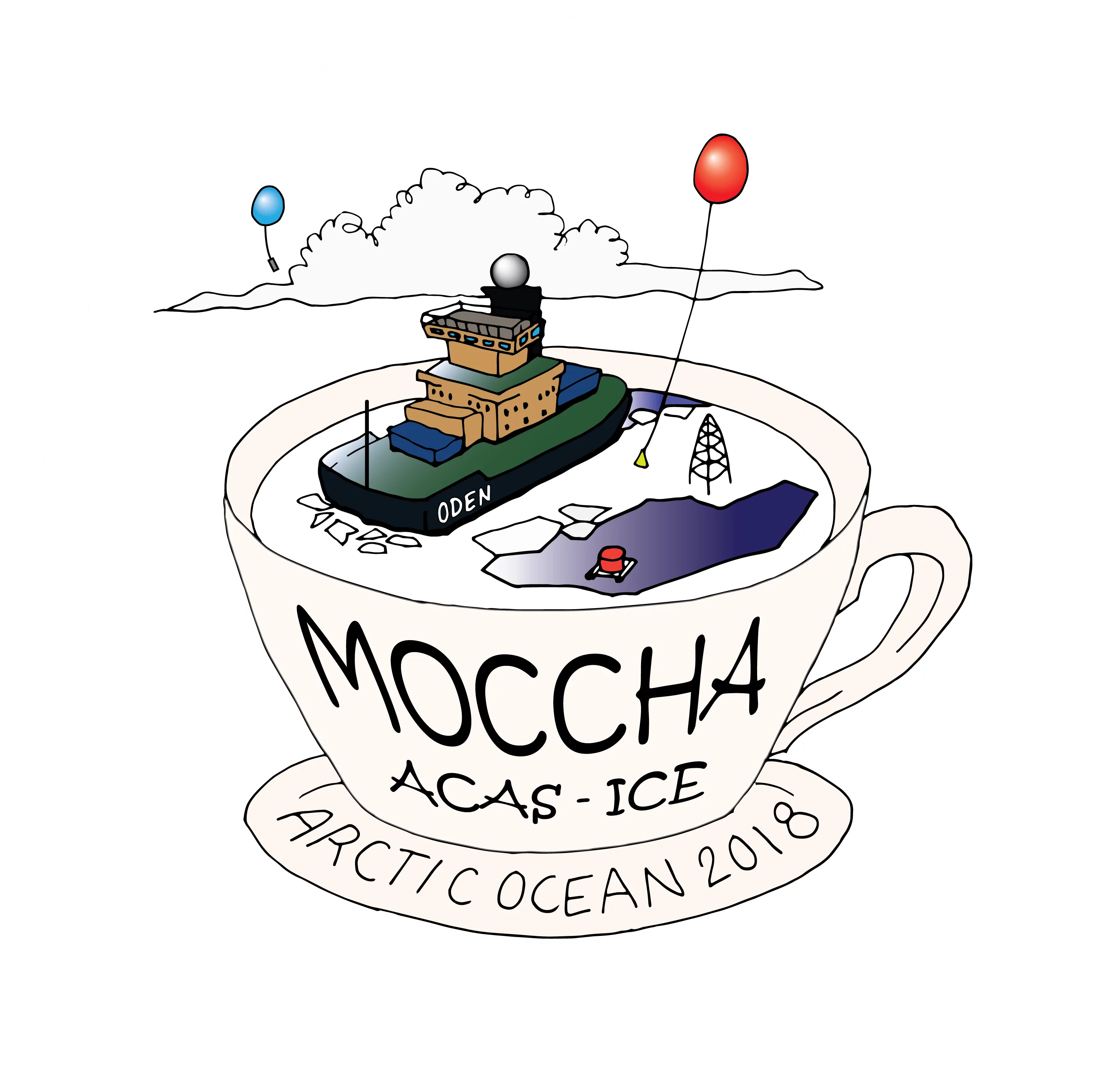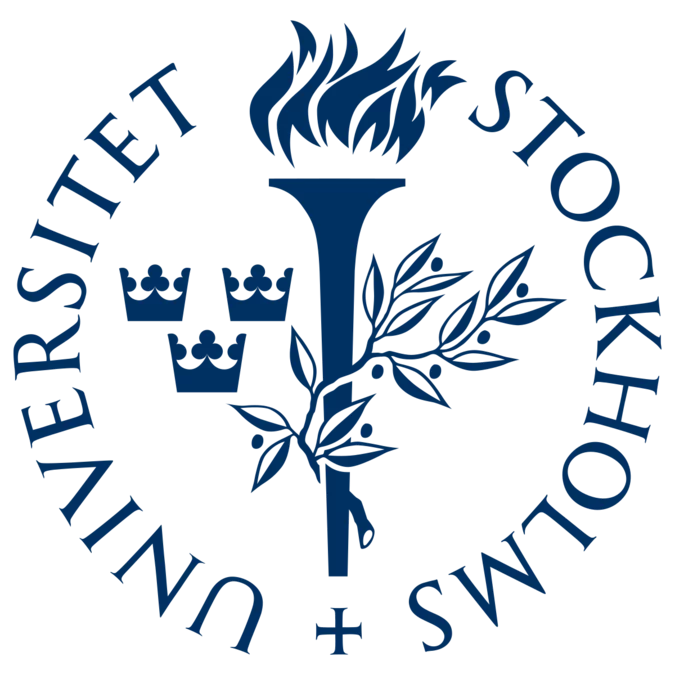For about one month, the icebreaker Oden will be moored at a large ice floe in the Arctic Ocean. Around 40 researchers will work on board to take measurements as well as collect samples and data from both the ocean and the ice as well as the air. The data will help us to better understand the important role of the clouds in the Arctic climate system.
We will contribute to the Microbiology-Ocean-Cloud-Coupling in the High Arctic (MOCCHA) project on board, led by Paul Zieger, University of Stockholm, through quantifying the sources of cloud condensation nuclei. See U. of Stockholm project webpage: https://www.aces.su.se/research/projects/microbiology-ocean-cloud-coupling-in-the-high-arctic-moccha/
1. What is the main research question?
- High Arctic fog and low-level clouds are poorly characterized but occur frequently during the summer season. It is unclear which fraction of the aerosol population is activated and what the origin and state of atmospheric processing is of the activated and non-activated particles. The potential sources are: primary particles emitted from the sea surface (in various degrees of atmospheric aging), secondary particles nucleated from oceanic emissions, particles nucleated in free troposphere, or long-range transport (pollution).
- Observations of new particle formation (NPF) in the high Arctic over the open ocean and sea ice are very limited. In addition the chemical constituents that contribute have hardly been observed. This is why the sources of NPF are hitherto unclear. It is also unclear how much these particles grow and potentially contribute to the cloud condensation nuclei (CCN) budget.
2. How does the project contribute to the overall science programme in the expedition Arctic Ocean 2018?
The main objective of MOCCHA (Microbiology-Ocean-Cloud-Coupling in the High Arctic) is to further our understanding of how microbial activity in the ocean modulates the properties of aerosol particles that function as cloud condensation nuclei (CCN) or ice nucleating particles (INP). Our focus is on CCN. With the real-time instrumentation we bring, we will investigate which fraction of particles contains chemical constituents that originate from the microbial activity in the ocean. Our measurements will run continuously and hence provide a highly time resolved characterization of the chemical and microphysical state of the aerosol population, i.e. information useful to the entire expedition for the interpretation of the data.
3. In what geographic area would you like to work and why there?
We are interested in the transects as well as in the drift in the sea ice region. Data from the transects will provide the broader context across latitudes with a variable microbial activity along the way. The longer stay in the sea ice region will allow us to thoroughly characterize the aerosol population when it is highly likely that it is influenced strongly by microbial activity. Microbial activity is known to be increased in the sea ice area because of nutrient availability. We are especially interested in the opening of leads, because new particle formation can potentially occur there and respective measurements from a ship-base of such occasions are extremely scarce.
4. What technology or specific methods do you plan to use in the field work?
We will operate our instruments from within the Swiss aerosol container on deck 4. Air will be sampled from a new particle formation inlet mounted on the Swiss container specifically built for this expedition. The new particle formation will be studied with:
- Nitrate Chemical Ionization Mass Spectrometer (CIMS): provides the chemical information of the molecules and ions that form new particles
- Neutral Cluster and Air Ion spectrometer (NAIS); provides information on the size distribution of the smallest particles and ions,
- Particle Size Magnifier (PSM) : provides particle number concentration information down to particles with a diameter of 1 nm.
For the investigation of whether particles activate as cloud droplets or not and which properties are associated with which particle population air will be drawn from the triplet aerosol container (total inlet: all particles, PM 1 inlet: not activated particles, CVI: only activated particles). We will use the following instruments:
- Particle counters behind all inlets for comparability
- Aerodynamic particle sizer (APS): provides information on large particle size distribution, e.g., the contribution of sea spray particles
- An aerosol mass spectrometer (AMS): provides information on the chemical constituents of submicron aerosol, this information provides hints on the sources of particles
- Scanning Particle Size Spectrometer (SMPS): provides the size distribution of particles that are characteristic for certain sources
- Cloud condensation Nuclei Counter (CCNC): provides the particle number that activates as cloud droplet under a given supersaturation
- Trace gas monitor: provides a general characterization of the air mass, e.g., whether polluted conditions are present or not.
- Thermodenuder (TD): The SMPS and CCNC will be operated alternatingly behind the thermodenuder. The TD will remove highly volatile chemical components. The thermograms give information about the chemical composition of particles.
- All instruments (except the gas monitor) will switch behind the various inlets.
5. What are the expected results and the next phase of the project?
a) learn about the significance of new particle formation as a source of CCN, i.e. understanding under which conditions they form and whether they grow to sizes large enough to function as CCN.
b) Quantify the amount of biogenic material contributing to the aerosol mass and number concentration.
c) Constrain the fractional contribution of each particle source to the whole CCN population.
Online blog: https://www.psi.ch/lac/arctic-ocean-blog
Offical webpage: https://polarforskningsportalen.se/en/arctic/expeditions/arctic-ocean-2018
Press release: https://www.eurekalert.org/pub_releases/2018-05/su-cts052818.php
